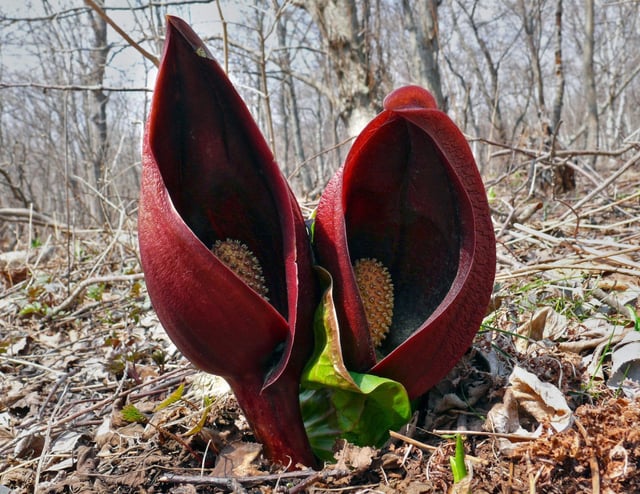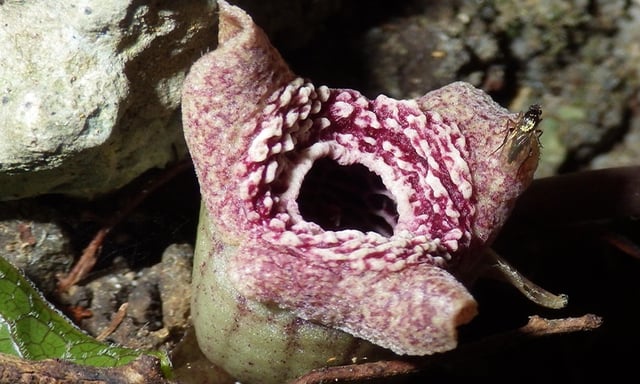Overview
- Researchers identified that three unrelated plant lineages—Eurya, Asarum, and Symplocarpus—independently evolved the ability to produce dimethyl disulfide (DMDS), a compound that mimics the smell of rotting flesh.
- The study found that gene duplication and a small number of amino acid substitutions in the selenium-binding protein 1 (SBP1) enzyme were responsible for this adaptation.
- DMDS production functions as an ecological deception strategy, attracting flies and beetles for pollination without offering nectar rewards.
- Evidence suggests that the DMDS-producing trait has been gained and lost multiple times in evolutionary history, particularly among Asarum species, highlighting dynamic selective pressures.
- This discovery emphasizes the role of enzyme neofunctionalization and convergent evolution in shaping plant-pollinator interactions and ecological adaptations.


